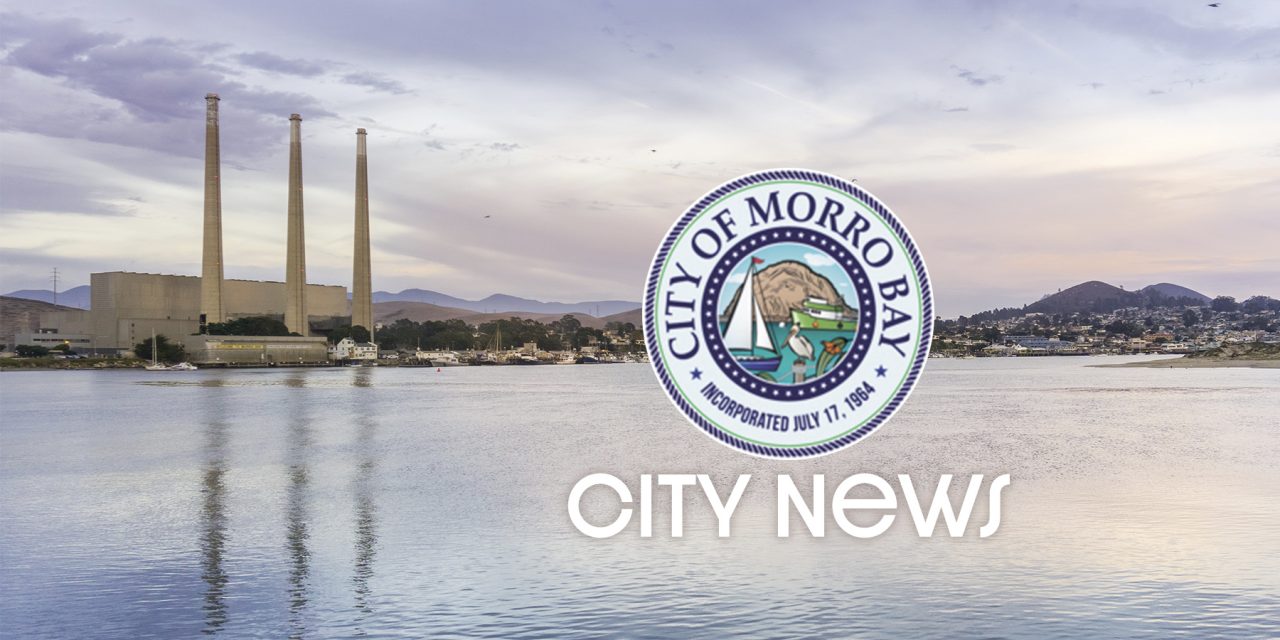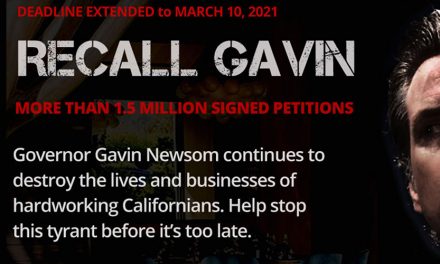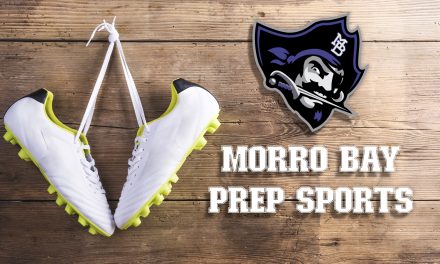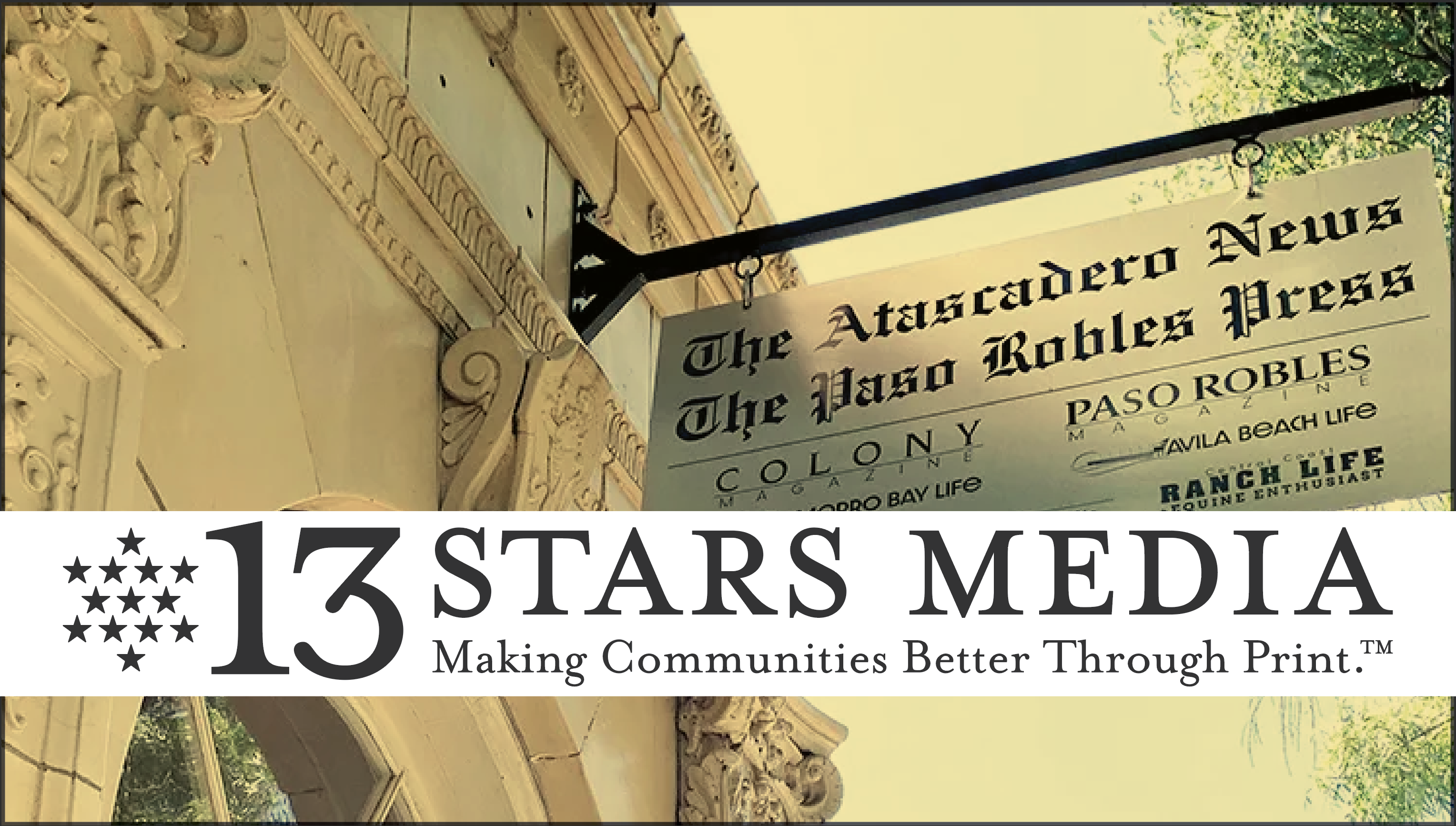Harbor fund will receive none of $3 million funds from Measures Q and E taxes approved in 2006
MORRO BAY — Though the Morro Bay Harbor Department’s budget is balanced with a small surplus, all is not well on the bay as the department is falling far short of the kind of revenue it needs to properly maintain its facilities.
So the City Council was asked to come up with some priorities for raising revenues that have been debated and suggested by the Harbor Advisory Board, and unfortunately, the Council didn’t make any firm recommendations.
The Department has been struggling with revenues since the power plant outfall lease was canceled by Dynegy (now Vistra), the plant’s owner, upon the shuttering of the plant in 2014.
Before that, the department’s single largest lease payment, some $250,000 a year, had been a small windfall for the Harbor Fund.
The harbor budget for the Fiscal Year 2021/22 (which began Jul. 1) is some $2.15 million in revenues, and $2.05 million in expenditures for a $96,000 surplus, according to a report from Harbor Director Eric Endersby.
But despite the black balance sheet, “there still exists a very significant budget deficit to properly fund the department’s capital program needs,” he said. “Current projections show that need to approach $500,000 annually for the next ten years—$5 million.”
Balance has been achieved “due in large part to the master fee cost recovery measures recently enacted,” he continued, “as well as the City’s commitment of $150,000 in ongoing and $50,000 in one-time funding from Measure Q/E funding.”
Measures Q and E are 0.5 percent and 1.0 percent local sales tax measures approved by voters in 2006 and 2020, respectively. Between the two, City Hall expects to take in over $3 million a year in a normal economy.
Unfortunately, the harbor fund, despite being the City’s largest producing business district for sales taxes, gets none of it. Instead, the Harbor gets its money entirely from tideland’s lease payments, parking fees at the launch ramp, dockage fees, and slip rentals. And starting last fall, the department put together a pilot program of RV camping along the waterfront.
Endersby told Morro Bay Life that the RV camping program, though controversial, had already raised about $100,000 since it started in September 2020 (it was closed for all of January 2021, he said, due to a spike in COVID cases) and would continue through this September.
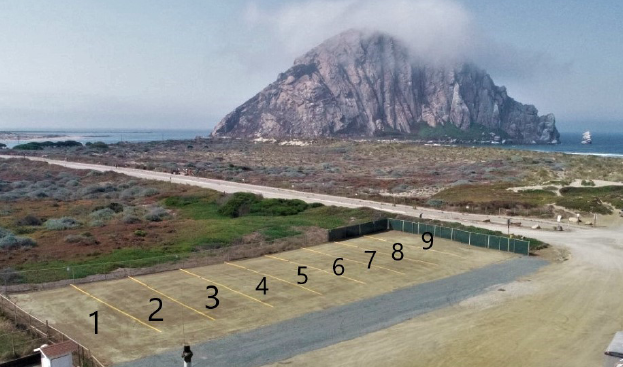
They have nine spaces in a lot by Morro Creek, seven at the Triangle lot where the Maritime Museum is located), three at Tideland’s Park (reserved for fishermen), and three at Coleman park for a total of 22.
He said they may give up on Coleman Park, as that seems to be the location that has garnered the most complaints from residents who say it’s too close to the Harborwalk and ruins the ambiance of the area.
The department put up some privacy fencing at Coleman Park and will likely lose one space. And though the City Council had given the green light to add up to 10 spaces in the parking lot at the base of Morro Rock, Endersby said after speaking with local Native American groups, who consider the Rock a sacred site, he’d decided not to develop those spaces.
He told Morro Bay Life that the department was working on an application to the Coastal Commission for a full coastal development permit to make the program permanent, a process they hope to have done before the program’s pilot period end this fall.
According to Endersby’s report, suggested revenue sources have come and gone over the years and included installing paid parking (meters and lots); allowing paid special events and get a cut; licensing concessionaires like food trucks to set up at the beach and waterfront parks; licensing for-profit businesses like boat bottom cleaners; turn the Triangle lot into a concert venue; incentivize leaseholders to diversify their offerings; expand the City’s offshore, mooring field in the bay; cannabis sales (the City cannabis ordinance prohibits pot stores on Embarcadero but CBD product sales are okay); the harbor fund receiving a percentage of the City sales and TOT collected by motels and businesses on the Embarcadero; and forming a “Harbor District” similar to the Port San Luis Harbor District (with a surcharge added to property taxes).
None of these has ever gotten much momentum, but there were others that fared better, though with mixed success.
Among these, building a new, modern aquarium showed the most promise. But Endersby said the proposed project by the Central Coast Aquarium of Avila Beach is kaput.
“CCA did not meet their performance requirements they agreed to with the City,” Endersby said, “in addition to losing their Executive Director, who was the driving force behind the fundraising for the MB project. I am sure that the COVID Pandemic had pretty much everything to do with it, but nevertheless, we notified CCA some time ago that we considered the CCA MB project dead, and we were pursuing other options for the site.”
The other option in play right now is a project by 3 Stacks and a Rock Brewery to remodel the old Morro Bay Aquarium building and open it as a brewpub. The City had initially given them a 3 to 5-year lease, and Endersby said they will now negotiate something longer given the poor condition of the building and the amount of work they will put into it, instead of going out for proposals, as would be the normal path to lease publicly-owned tidelands trust properties.
“While we did not RFP it,” he said, “at the time, we also didn’t have the world knocking on our door either. And because the aquarium RFP that did bring us CCA had a total of one other respondent, the Tylers [Dean and Bertha, both now deceased], the Council gave 3-Stacks the option for a long-term lease if the CCA project failed. Which it has, so here we are.
“And they will be sinking a small fortune there to get the building fit for their occupation, which warrants a longer occupancy as well. Their long-term vision is to completely raze and redevelop the site, but that would likely be in the 10-year-out range.”
Normally, if the No. 1 choice in an RFP process fails, the second-place bidder gets a chance, but with the Tyler’s both now passed away, the RFP is moot. The lease site, though never a big moneymaker for the Harbor Department, has brought in nothing since closing over 5-years ago.
Endersby’s report said the City has two main strengths going for it — the Tidelands Trust Act requires that lease payments go to the Harbor Fund; and “The City’s historical image as a quaint fishing village, and the continued presence of a commercial fishing small boat fleet.”
Under weaknesses, the Harbor Board listed — a lack of long-term planning, especially with regards to big maintenance needs; and “relative to maintaining and augmenting existing sources of Harbor revenue.”
Under “threats” they listed — the general fund (City Hall) “extracting funds from the Harbor Fund, and losing sight of ‘small-town Morro Bay,’ and becoming a Pismo Beach in a desire for revenue and profits.”
And with Morro Bay being in the gun sights of the Federal and State government’s desire to tap offshore wind energy, the possibility of signing a new lease for the use of the outfall canal to bring electric transmission wires ashore means there could be another lease agreement in the works.
Or, if Vistra succeeds in building a giant battery storage facility at the power plant, there may be an opportunity there as well.
The battery project is already gaining opposition among residents, and the wind farm has numerous engineering and logistical issues to overcome, including the establishment of a “Wind Port” where the giant turbines would be worked on. An economic study of the issue suggested it would need a 50-acres maintenance yard, a deep-water port, and a very large (floating) quay to be able to service the turbines.
Such a facility would not be feasible in Morro Bay or in Port San Luis. Diablo Canyon power plant has been mentioned as the likely place for a wind port.
The other potential source is a harbor district, and Endersby said the boundaries of one would likely be the communities of Estero Bay—Los Osos, Morro Bay, and Cayucos, and areas in between. However, a Harbor District is a complicated process that requires voter approvals, and Endersby said they haven’t even explored the idea.

